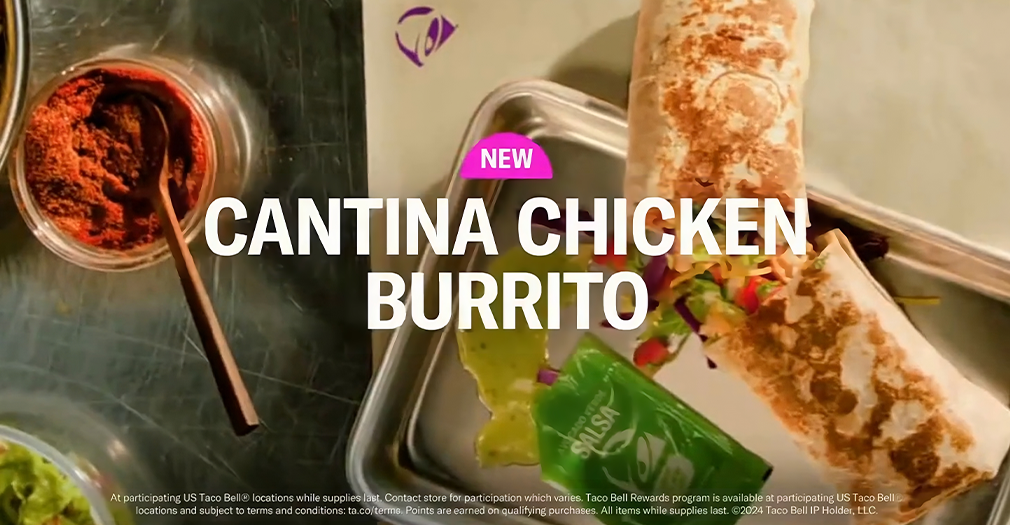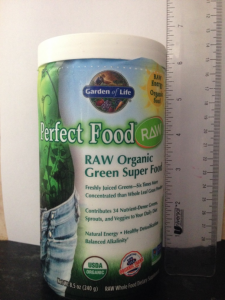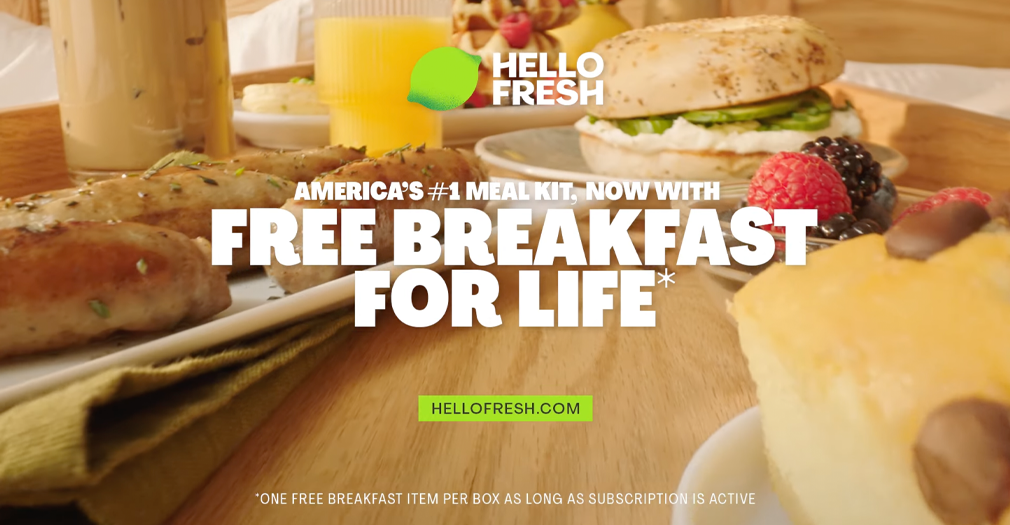
Taco Bell’s New Cantina Chicken Menu Fail
What you see may NOT be what you get.
Is this green super food supplement slack-filled or packed down?
| Roger Kimball
In a perfect world, Perfect Food would come in the perfect package. Unfortunately for consumers of this raw, organic, whole food supplement that costs $28.88, the shape and volume of the container grossly over-represent the quantity of nutrient-rich powder inside.  It’s a good thing the cylinder is designed with a wide mouth screw cap. It’s the only way users have a snowball’s chance of scooping the vitamin- packed powder from the bottom. Even so, access to the good green stuff is denied unless you’ve got the petite fingers of a 5-year-old, or you’re willing to risk dumping the contents onto the kitchen counter.
It’s a good thing the cylinder is designed with a wide mouth screw cap. It’s the only way users have a snowball’s chance of scooping the vitamin- packed powder from the bottom. Even so, access to the good green stuff is denied unless you’ve got the petite fingers of a 5-year-old, or you’re willing to risk dumping the contents onto the kitchen counter.
It’s not merely the inconvenience of this package that’s objectionable. More importantly, it’s the misleading nature of it. One consumer who purchased the product through Amazon commented in a review:
Pricey but they give you a nice big container, too bad it’s only filled ½ way.”
That’s actually a generous assessment. Garden of Life’s Perfect Food has completely revolutionized the glass half full/glass half empty paradigm. Customers can now debate whether it is one-third full or two-thirds empty! The container stands about 6 ½ inches tall but when I opened it in my kitchen I found that it contained approximately 2 ¼ inches of green powder.
In fairness, Garden of Life does state on the package in tiny font that it contains 240 grams. But even if consumers like me do spot that on the container, do we have an accurate sense of how much 240 grams of powder actually is? Our intuition naturally relies upon the physical size of the container to convey some notion of how much product we are about to buy.
The truly diligent shopper can find on the back of the label that the 240 grams comprises 30 servings of 8 grams each. Okay, those sound like reasonable terms a consumer might relate to … if they read them and if they are true.
Not to get all crazy scientific here, but let’s explore that a bit. When a member of my family called the company to inquire about the vast amounts of empty space in the container, the company reassured her that the package was normal and explained that the powder simply “packs down” during shipping. Make a mental note of that: The powder becomes denser.
Yet the label points out that the product is packed based upon weight, not volume and directs customers to use the provided plastic scoop to get the appropriate amount. But scoops are based upon volume, not weight. Does it make sense to use volume as a proxy for weight when the product’s density is so highly variable? To what density has the company calibrated its scoops? The light and fluffy version of the powder when it’s packaged in the factory or the dense hard pack that consumers are left with after the product has bounced around warehouses, delivery trucks, and grocery carts? When all is said and done, I wonder if consumers are actually able to extract 30 volumetric scoops from this container.
It’s also worth noting that the product title on Amazon for this “240 gram” container is “Garden of Life Raw Organic Perfect Food Original 209g Powder.” It then states parenthetically that “Packaging May Vary.” So which is it, Garden of Life, 240 grams or 209? Either way the container’s voluminous shape leads buyers to believe this will supply them for a long, long time.
Here’s one last thought for consumers of Perfect Food. If your desire to be healthy motivates you to be conscientious about what types of nutrition you put into your body, why not also consider the impact of this product’s bulky plastic packaging on the environment? What should it mean to go green?
What you see may NOT be what you get.
A reminder to be careful about ad claims that may seem too good to be true.
TINA.org comment showcases the ongoing need for an FTC rule.

